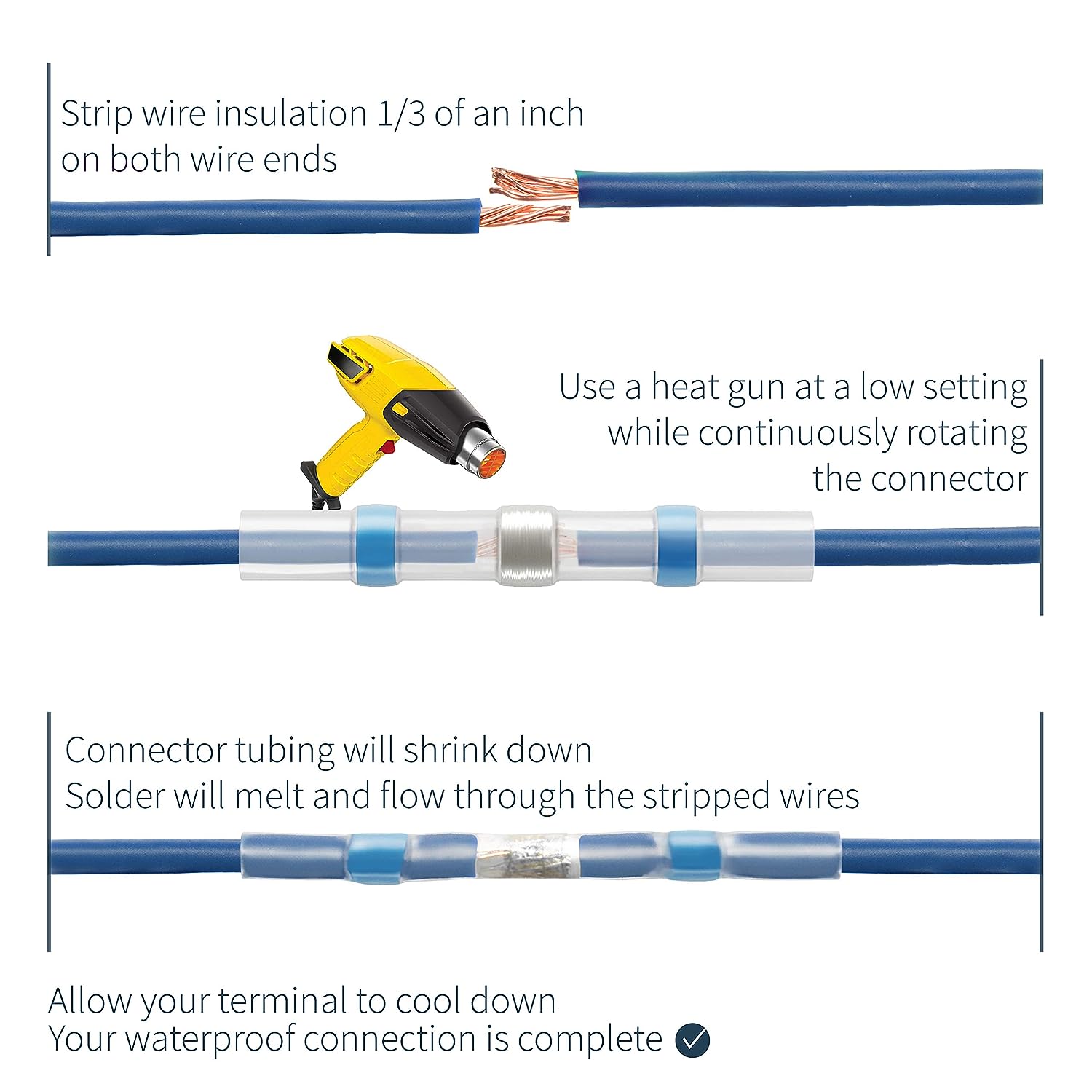willprowse
Well-known member
- Joined
- Nov 26, 2017
- Messages
- 96
- Reaction score
- 0
Hey guys!
I am seeing some disagreement among electrical engineers on what is best:
Option 1: Perform a crimp connection termination with a small bit of dielectric grease or corrosion inhibitor, then use heat shrink over the joint.
Option 2: Perform a crimp connection termination ensuring that the wire and the connector are clean, dry and free from grease or anything else. Then use a high quality heat shrink with adhesive to protect the joint.
When I learned about cold welding, I learned that the two surfaces need to be as dry and clean as physically possible. If they are clean, and you create a true termination, the joint should be a gas tight joint.
What use is having a corrosion inhibitor in a joint that is gas tight? I fail to see the reasoning there. I love using corrosion inhibitor on joints that need to be removed, such as car battery terminal or specific marine applications, but fail to see why it would be used inside the actual crimp joint.
A problem that I have also read is that using dielectric grease/corrosion inhibitor in a joint is that some of it will get pushed out during the termination process. Having any reside on the joint will cause the heatshrink to not adhere to the joint how it should. This is not good.
What do you guys think? I have been doing terminations dry and with heatshrink for ages, and never had corrosion inside the termination. I dont see how that could possibly happen if a cold weld mated the two surfaces.
If I am completely wrong, let me know! I am getting a mixed bag of answers online and from friends in the industry, so I am unsure of what to believe at this point. I am using only my knowledge of cold welding to draw conclusions.
I am seeing some disagreement among electrical engineers on what is best:
Option 1: Perform a crimp connection termination with a small bit of dielectric grease or corrosion inhibitor, then use heat shrink over the joint.
Option 2: Perform a crimp connection termination ensuring that the wire and the connector are clean, dry and free from grease or anything else. Then use a high quality heat shrink with adhesive to protect the joint.
When I learned about cold welding, I learned that the two surfaces need to be as dry and clean as physically possible. If they are clean, and you create a true termination, the joint should be a gas tight joint.
What use is having a corrosion inhibitor in a joint that is gas tight? I fail to see the reasoning there. I love using corrosion inhibitor on joints that need to be removed, such as car battery terminal or specific marine applications, but fail to see why it would be used inside the actual crimp joint.
A problem that I have also read is that using dielectric grease/corrosion inhibitor in a joint is that some of it will get pushed out during the termination process. Having any reside on the joint will cause the heatshrink to not adhere to the joint how it should. This is not good.
What do you guys think? I have been doing terminations dry and with heatshrink for ages, and never had corrosion inside the termination. I dont see how that could possibly happen if a cold weld mated the two surfaces.
If I am completely wrong, let me know! I am getting a mixed bag of answers online and from friends in the industry, so I am unsure of what to believe at this point. I am using only my knowledge of cold welding to draw conclusions.














































